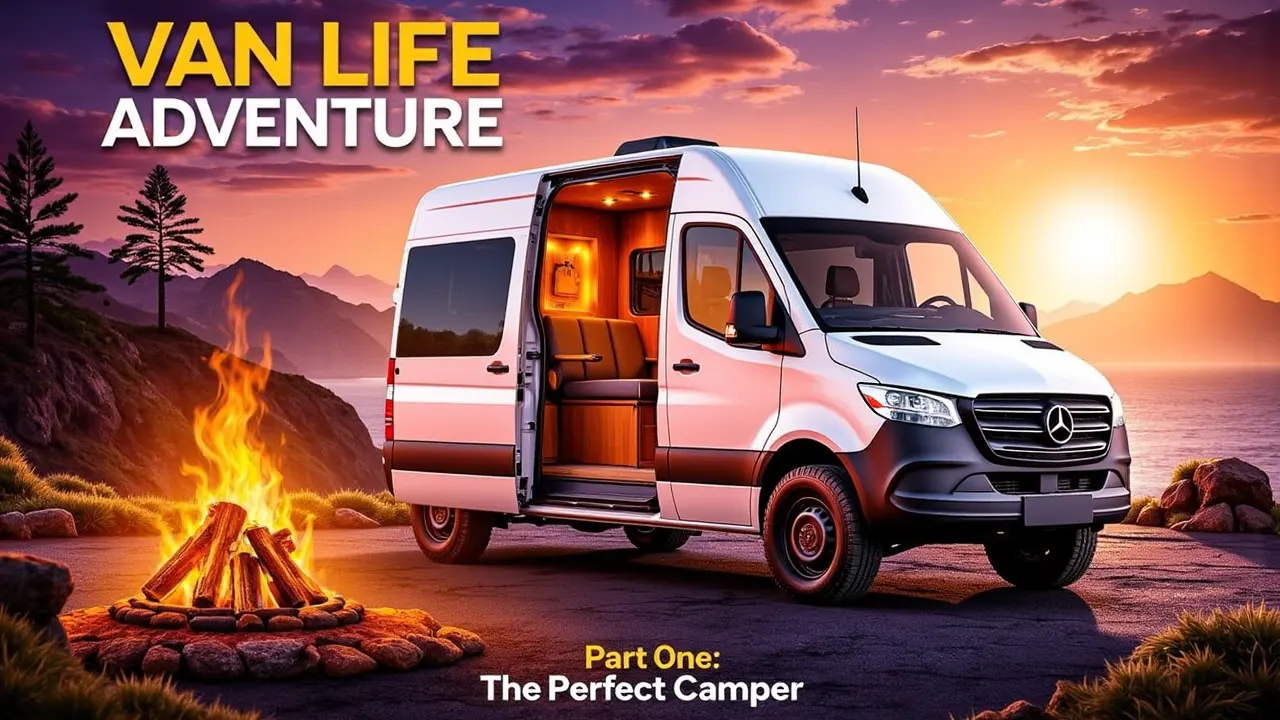Introduction
Camper vans or caravans are vehicles designed to include the amenities of a home, allowing people to travel and stay in various locations without needing fixed accommodations. This type of travel has gained significant popularity in recent years due to the freedom and flexibility it offers travelers. As the famous American writer John Steinbeck once said, “Traveling with a camper is an opportunity to discover the unknown and experience life on the move.” In this article, we will delve into the details of buying, equipping, and traveling with camper vans.
Part One: Buying a Camper Van
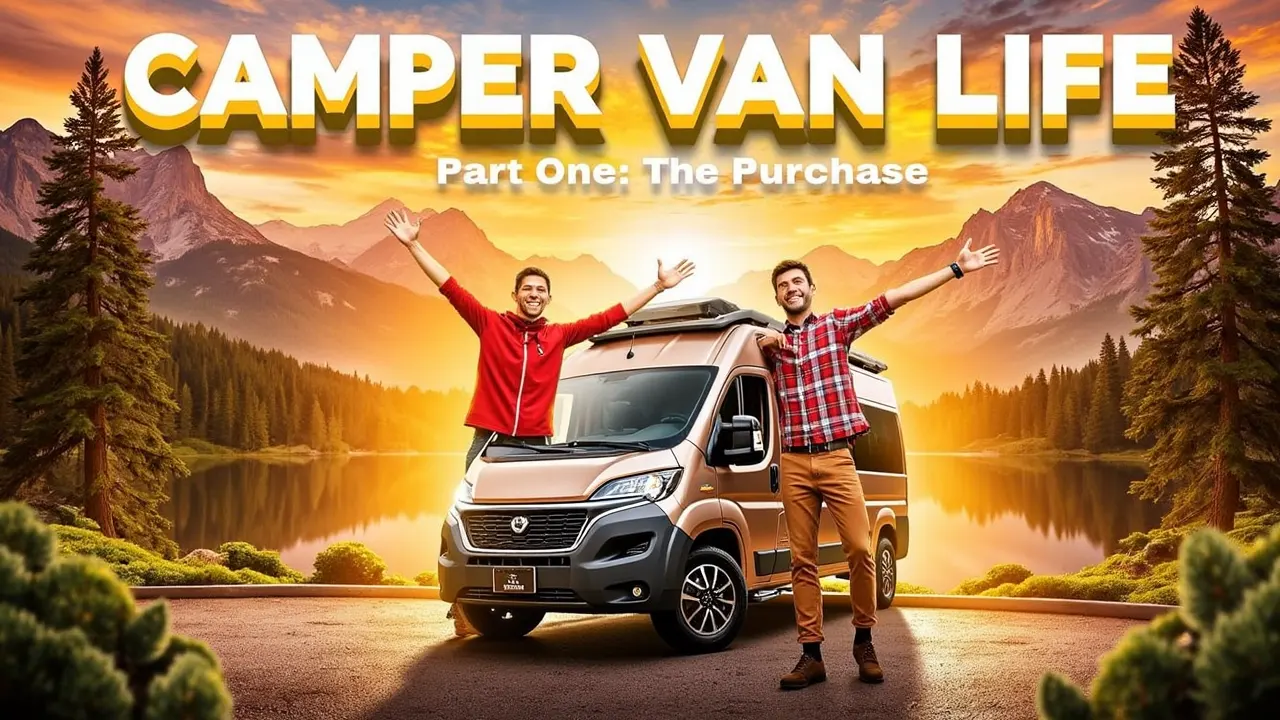
Determining Needs and Budget
Before purchasing, you need to determine your needs, such as the number of people, the duration of trips, and the required amenities. For example, if you have a large family and plan to take longer trips, you should choose a larger camper with more amenities.
Set your budget and review different models and brands based on it. Remember that additional costs such as insurance, maintenance, and fuel should also be considered. As Anthony Bourdain, the writer and television host, said, “Proper budgeting is the key to success in any journey.”
Choosing the Type of Camper
Class A Campers: The largest and most luxurious type of campers with full amenities. These campers usually have a complete kitchen, bathroom, separate bedroom, and advanced heating and cooling systems. They are suitable for long trips and large families.
Class B Campers: Smaller and suitable for shorter trips. These campers are usually the size of a large van and have fewer amenities than Class A, but still include a small kitchen, bed, and bathroom. This type of camper is suitable for couples or short-term trips.
Class C Campers: A combination of Class A and B, with medium size and adequate amenities. These campers typically offer more space than Class B and provide more amenities but are not as large as Class A. This type of camper is suitable for small families or medium-length trips.
Checking Mechanical Condition and Amenities
Inspect the engine, brakes, and suspension system. Ensure that the camper is in good mechanical condition and does not require major repairs.
Check internal amenities such as the kitchen, bathroom, heating and cooling systems, and beds. Make sure all amenities are functioning correctly and meet your needs.
Part Two: Equipping the Camper Van
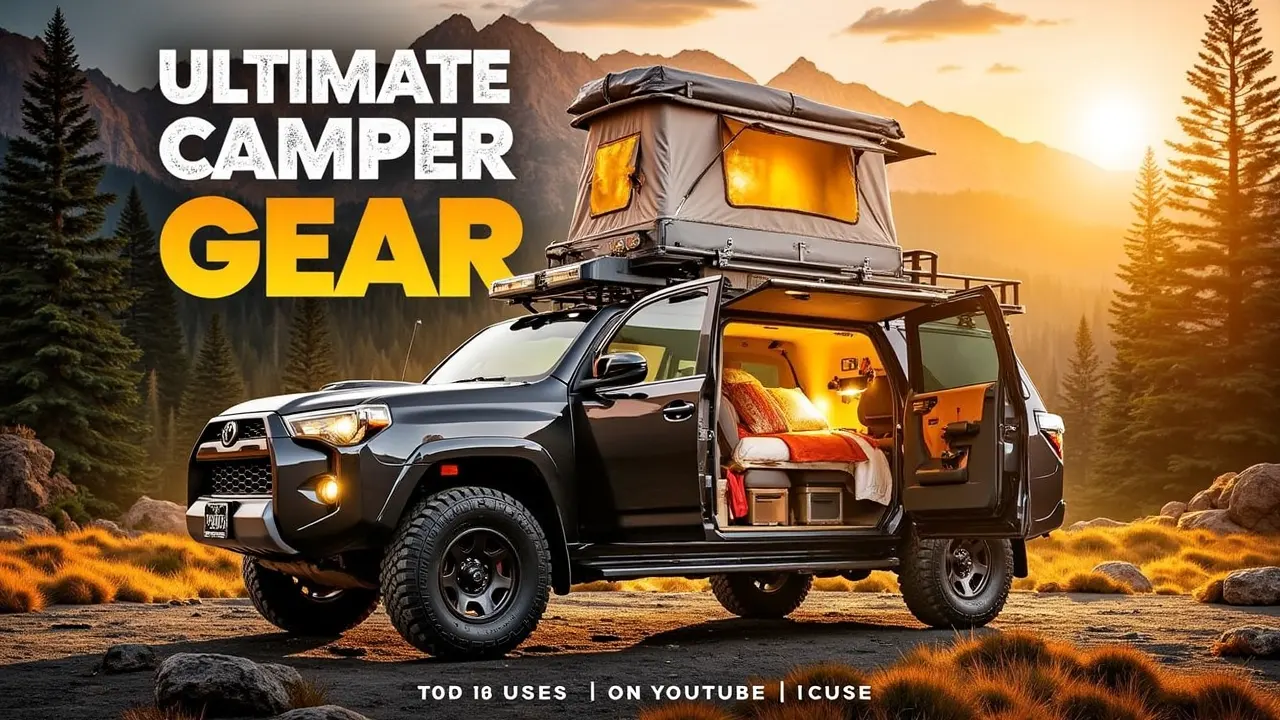
Essential Equipment
Electrical and Water Systems: Install additional batteries, solar panels, and water tanks. These systems help you use the camper’s amenities in places without access to electricity and water.
Kitchen: Install a stove, refrigerator, and sink. These allow you to prepare home-cooked meals and enjoy fresh food during your trip.
Bathroom: Install a chemical toilet and shower. These amenities enable you to comfortably use the bathroom during your trip.
Comfort Equipment
Heating and Cooling Systems: Install a heater and air conditioner. These systems help you maintain a comfortable temperature inside the camper in any weather conditions.
Furniture: Choose foldable and space-saving furniture. This type of furniture allows you to make the most of the space inside the camper.
Entertainment Systems: Install a TV, sound system, and satellite internet. These amenities allow you to enjoy various entertainment options during your trip.
Safety Equipment
Safety Systems: Install an alarm, CCTV cameras, and safety locks. These systems help ensure the security of your camper and belongings.
Emergency Equipment: Include a first aid kit, fire extinguisher, and flashlight. These items help you respond quickly in emergencies.
Part Three: Planning a Trip with a Camper Van
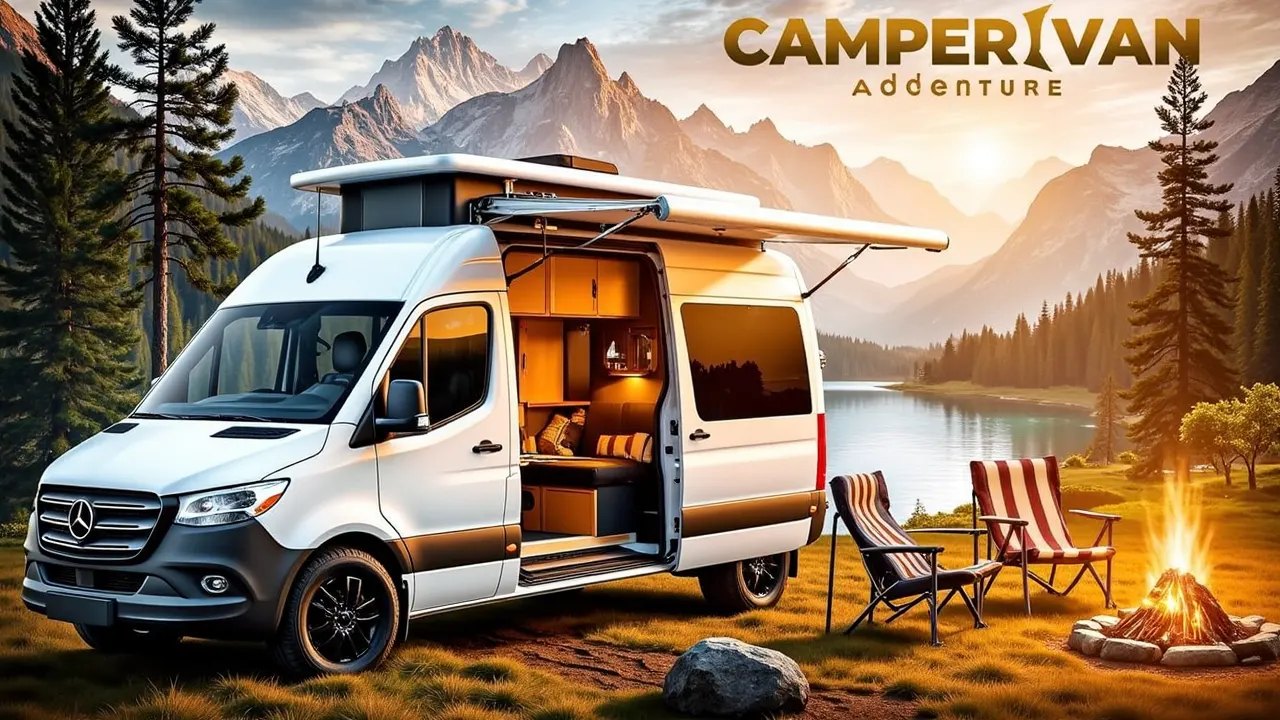
Choosing a Destination
Research different destinations and choose places with camping facilities. This includes checking national parks, private campgrounds, and natural sites. As the Norwegian writer and explorer Erling Kagge said, “Choosing the right destination can make a big difference in your travel experience.”
Review routes and road conditions. Ensure your chosen routes are suitable for the camper and minimize road hazards.
Planning the Route
Determine main and secondary routes. This includes planning mid-way stops and scenic points you want to visit during the trip.
Check for suitable stopping and resting places. Ensure you have appropriate places to stop and rest along the way.
Preparing the Camper
Inspect the camper’s technical condition before the trip. Ensure the camper is in good mechanical condition and does not need repairs.
Prepare food and essential supplies. This includes stocking up on dry, canned, and fresh foods, as well as cooking and hygiene supplies.
Check the weather forecast and prepare for different conditions. Ensure you are ready for various weather conditions and have the appropriate equipment.
Part Four: Important Tips for Traveling with a Camper Van
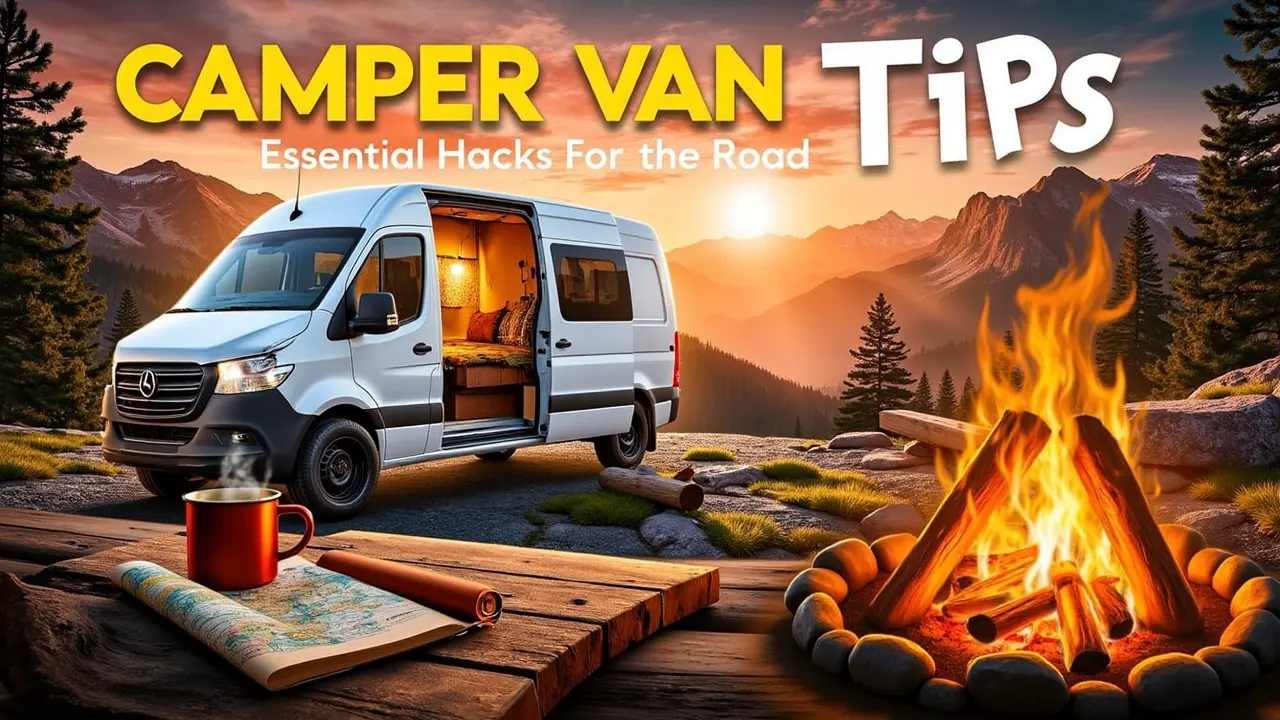
Managing Resources
Manage water and electricity consumption. Ensure you optimize the use of your water and electricity resources and prevent wastage.
Properly store food. Ensure you store your food correctly to prevent spoilage.
Respecting the Environment
Collect trash and follow sustainable camping principles. Ensure you collect and dispose of your trash properly and prevent environmental damage.
Use recyclable materials and reduce plastic consumption. Try to use recyclable materials and minimize plastic use.
Safety on the Road
Follow road laws and speed limits. Ensure you adhere to road laws and do not exceed speed limits.
Keep the camper in safe and secure places. Ensure you park your camper in safe and secure locations.


